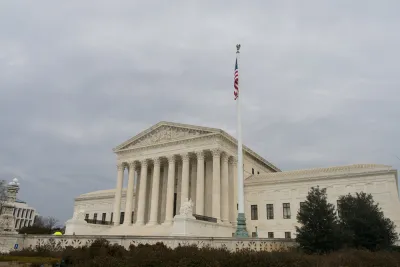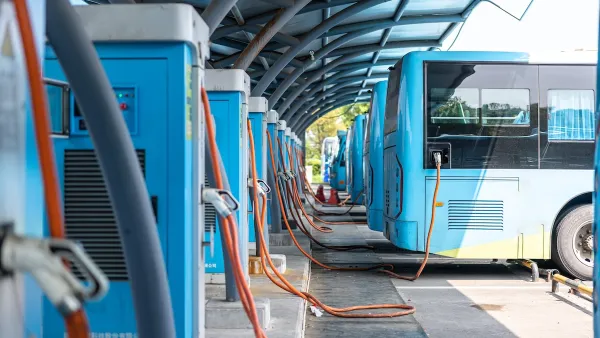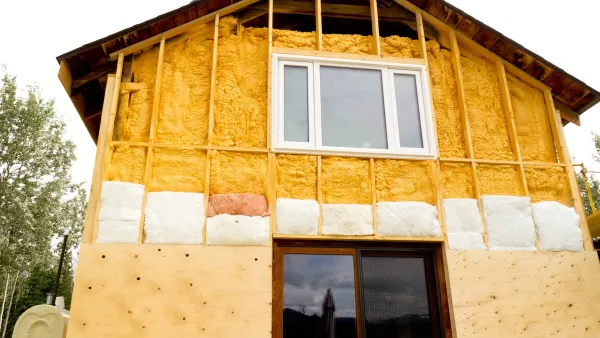If rectifying racial injustice no longer passes constitutional muster, what chance does the environmental justice movement have?

The U.S. Supreme Court’s ruling in Students for Fair Admissions, Inc. vs. President and Fellows of Harvard College rightfully made news when announced in June 2023 for its expected impact on affirmative action programs in college admissions.
Another potential consequence of the decision, according to an article by Alex Brown in the New Jersey Monitor, could be on the ability of environmental regulators to monitor and mitigate pollution in minority and low-income neighborhoods, a key tool of environmental justice efforts.
Emily Hammond, an environmental law expert and professor at the George Washington University Law School, is quoted in the article describing the conundrum: “The [Supreme Court] majority really reinforced the idea that a generalized government policy of rectifying past discrimination would not pass constitutional muster.”
Lawmakers around the country are scrambling to figure out how to respond. Many expect state laws to face lawsuits as a result of the precedent now set by the U.S. Supreme Court. Examples of laws potentially at risk include a law approved in Minnesota in 2023 that “forces regulators to consider cumulative pollution effects before issuing air quality permits in certain areas, including tracts with 40% or more nonwhite residents,” according to Brown.
The consequences could also reach the federal level. “The Biden administration established a ‘race-neutral’ screening methodology known as the Climate and Economic Justice Screening Tool to guide its efforts to direct 40% of federal spending across many agencies to disadvantaged communities,” according to Brown.
FULL STORY: It may have just gotten harder to protect minority communities from pollution

Analysis: Cybertruck Fatality Rate Far Exceeds That of Ford Pinto
The Tesla Cybertruck was recalled seven times last year.

National Parks Layoffs Will Cause Communities to Lose Billions
Thousands of essential park workers were laid off this week, just before the busy spring break season.

Retro-silient?: America’s First “Eco-burb,” The Woodlands Turns 50
A master-planned community north of Houston offers lessons on green infrastructure and resilient design, but falls short of its founder’s lofty affordability and walkability goals.

Test News Post 1
This is a summary

Analysis: Cybertruck Fatality Rate Far Exceeds That of Ford Pinto
The Tesla Cybertruck was recalled seven times last year.

Test News Headline 46
Test for the image on the front page.
Urban Design for Planners 1: Software Tools
This six-course series explores essential urban design concepts using open source software and equips planners with the tools they need to participate fully in the urban design process.
Planning for Universal Design
Learn the tools for implementing Universal Design in planning regulations.
EMC Planning Group, Inc.
Planetizen
Planetizen
Mpact (formerly Rail~Volution)
Great Falls Development Authority, Inc.
HUDs Office of Policy Development and Research
NYU Wagner Graduate School of Public Service




























